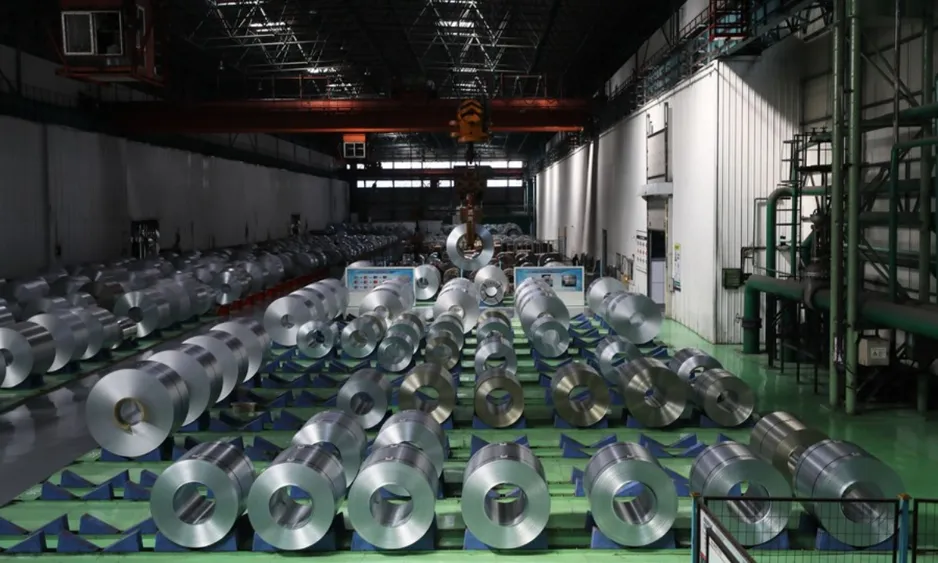US Steel and Aluminum Tariffs Raise Global Trade Risks and Costs

The recent decision by the US government to expand its tariffs on steel and aluminum imports by an additional 50 percent has triggered heightened concerns within the global trade landscape. This move involves adding 407 derivative products to the tariff roster, which will take effect on August 18, as reported by Reuters.
This latest tariff adjustment follows a previous increase in June, where tariffs on steel and aluminum were raised from 25 percent to 50 percent. Experts, including Zhou Mi from the Chinese Academy of International Trade and Economic Cooperation, highlight that this unilateral action by the US introduces significant uncertainty into international trade dynamics.
Concerns are mounting over potential disruptions to supply chains and the rising costs that such tariffs would impose on both domestic markets and major trade partners. Zhou noted that the products affected will include those with non-steel and non-aluminum content, meaning that the scope of these tariffs under the Trump administration's policies will be broadened.
The repercussions of this expanded tariff list are expected to create new shocks to supply chains, prompting upstream and downstream industries to confront sharply increased costs. The call for businesses to reassess their trading relationships with the US has been emphasized by industry analysts.
Trade partners may now perceive dealings with the US as inherently risky due to the volatility associated with tariff policies. As Zhou pointed out, while American buyers may be willing to absorb higher costs, suppliers could become hesitant to engage, potentially resulting in import shortages and further inflationary pressures in the US economy.
The impact of foreign-made steel and aluminum extends beyond industrial applications, affecting everyday consumer products, including items like soup cans and paper clips, as well as larger purchases such as stainless-steel refrigerators and vehicles. Economists have warned that the increased tariffs could significantly affect both business finances and consumer spending.
Downstream industries in the US often lack feasible domestic alternatives, compelling them to rely heavily on imported materials. Zhou indicated that the burden of higher tariffs would lead to increased costs, squeezed profit margins, and a deterioration of market competitiveness.
He Yongqian, a spokesperson for the Chinese Ministry of Commerce, described the tariff hikes as an exhibition of unilateralism and protectionism. He noted the widespread opposition voiced by various countries, including dissent within the US itself. Furthermore, a WTO panel found in 2022 that previous tariffs violated international trade rules.
Despite this ruling, the US not only upheld the existing Section 232 tariffs but has escalated them further. According to He, this approach poses severe risks to the interests of numerous countries, undermining the multilateral trading system and destabilizing global supply chains.
Read These Next

Fishing Season Kicks Off in Sansha Hainan
On August 16, 2025, Sansha City marked the end of the closed fishing season with an open ceremony at West Fishing Wharf.

Southwest China Natural Gas Output Exceeds 700 Billion Cubic Meters
PetroChina Southwest Oil & Gasfield Company surpassed 700B cubic meters in natural gas production, aiding China's energy structure and green initiatives.

Turkey Central Bank extends loan growth calculation period
Turkey's Central Bank extends banks' loan growth calculation period from four to eight weeks to support the banking sector.
